Siri Berg

The Kabbalah Paintings from the 1980s
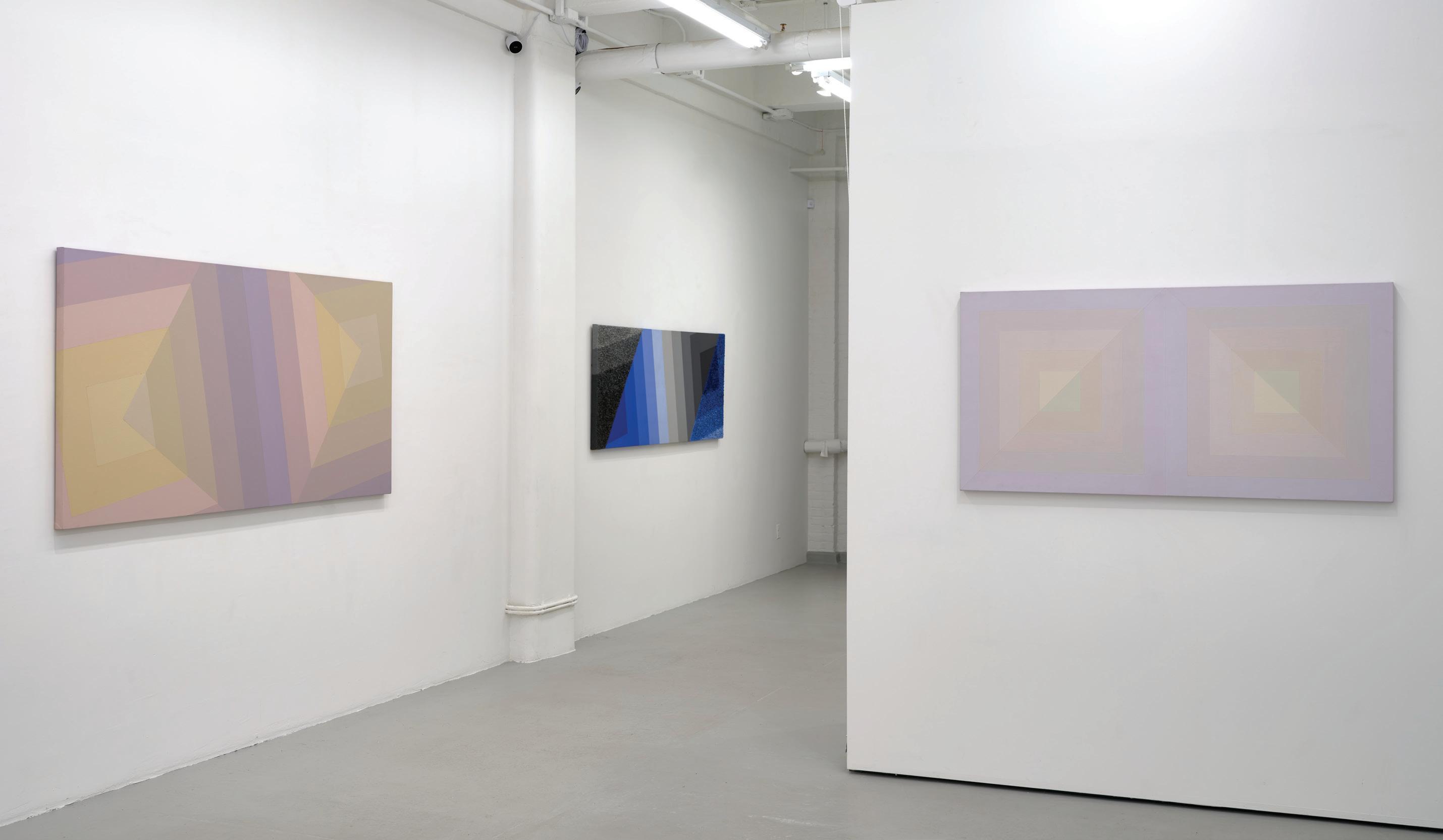
GALLERY
DAVID RICHARD
ISBN: 978-1-955260-55-8

Front Cover: Installation view: Siri Berg The Kabbalah Paintings from the 1980s
Title Page: Installation view: Siri Berg The Kabbalah Paintings from the 1980s
Back Cover: Installation view: Siri Berg The Kabbalah Paintings from the 1980s
Siri Berg The Kabbalah Paintings from the 1980s
September 5 - October 5, 2023

Published by:

David Richard Gallery, LLC, 526 West 26th Street, Suite 311, New York, NY 10001

www.DavidRichardGallery.com
212-882-1705 | 505-983-9555
DavidRichardGalleries1 DavidRichardGallery
Gallery Staff:
David Eichholtz and Richard Barger, Managers
All rights reserved by David Richard Gallery, LLC. No part of this catalogue may be reproduced in whole or part in digital or printed form of any kind whatsoever without the express written permission of David Richard Gallery, LLC.
Catalogue: © 2023 David Richard Gallery, LLC, New York, NY
Artworks: Copyright © Siri Berg Estate 1982 - 1991
Catalogue Design: David Eichholtz and Richard Barger, David Richard Gallery, LLC, New York, NY
Images by Yao Zu Lu
DAVID RICHARD GALLERY
Siri Berg

The Kabbalah Paintings from the 1980s
 DAVID
DAVID
RICHARD GALLERY


Siri Berg: The Kabbalah Paintings from the 1980s
The presentation, Siri Berg: The Kabbalah Paintings from the 1980s, features paintings on canvas and paper mounted on stretched linen by the Swedish-American artist, renowned for her decades-long study of color and its meditative and transcendental nature. This is the first presentation of Berg’s work with the David Richard Gallery and the first major survey of her work since her death in 2020.
The exhibition focuses on a perceptive series of works painted in the 1980s which intuitively address the Ten Sefirot of the Kabbalah—ten complimentary emanations through which the divine reveals itself in Jewish mystical tradition. Berg interprets these emanations by means of subtle color gradations arranged in concentric forms. Many of these works utilize texture and the way light dances and plays across her painted surfaces. These dynamic compositions, many of which are the largest created by the artist, offer dimensional tonal gradations of fleshy pinks, earthy yellows, and field drab greys—terrestrial allusions to the spiritually enlightened.
In these works, many of which have never been previously exhibited, one sees Berg’s repeated conceptual framework of evolving cause and effect from the Infinite to the Finite in systemizing the Kabbalah. This also includes permutations of binary formal properties including compositional formats such as horizontal versus square perimeters and single versus double concentric structures within a given composition; saturated versus desaturated color palettes; flat versus highly textured painted surfaces; hard edged versus diffused borders of geometric forms; and mirror images of such binary properties both within a single structure and composition or across different compositions.
Berg was perennially inspired by the color studies of Johannes Itten (1888-1967) and Josef Albers (1888-1976), whereby her Kabbalah works built on their optical, scientific rigor with a metaphysical tenor. Reinterpreting this subject of Jewish mysticism, Siri used color, value, and design to express an ascending and descending order through value gradations from dark to light as a way to “resolve opposing aspects of life as they relate to abstract art.”
As her research into the Kabbalah began to explode, Berg wrote in October 1984: “I plan to continue my exploration of how abstract painting can illuminate the mystical content and value of the Kabbalah.”
4
I became interested in the figurative presentation of the Ten Sefirotfrom The Kabbalistic treatise by Moses ben Jacob Cordovero (1522-1570) and was impressed by the simplicity of its form. What struck me was how a simple form could visually represent so complex and intellectually profound a subject matter […] Using color, value and design to express the ascending and descending order from the lowest to the highest - thus equating in visual language the lowest with the darkest and the lightest or the “light” with the lightest […] I was especially attracted to the configuration because in all my work I have used form, not as a design element but as a vehicle for the search for unending intellectual and creative expression. This has permitted me to probe, to stretch, to develop, to evolve without distraction and constraint.”
David Eichholtz
New
York,
September 2023


8
Siri Berg
Kabbalah (SBE0527) , 1986
Oil on canvas 24 x 36”

Siri Berg
Kabbalah SBE0456-I SBE0457-I, 1983-84
Acrylic on canvas
25 x 50” Diptych
10

Siri Berg
Cosmic Veil (SBE0624-1) , 1991
Acrylic on canvas
12
13 x 12”





Siri Berg
Kabbalah (SBE0477) , 1984-85
Oil on canvas
18
35 x 95”
 Siri Berg
Kabbalah (SBE0482) , 1985
Acrylic on canvas
Siri Berg
Kabbalah (SBE0482) , 1985
Acrylic on canvas
20
35 x 95”



Siri Berg
Kabbalah (SBE0438) , 1982
Acrylic on canvas
24
30 x 60”



Siri Berg
Endless Blue (SBE0483) , 1985
Oil on canvas
30 x 80”
28
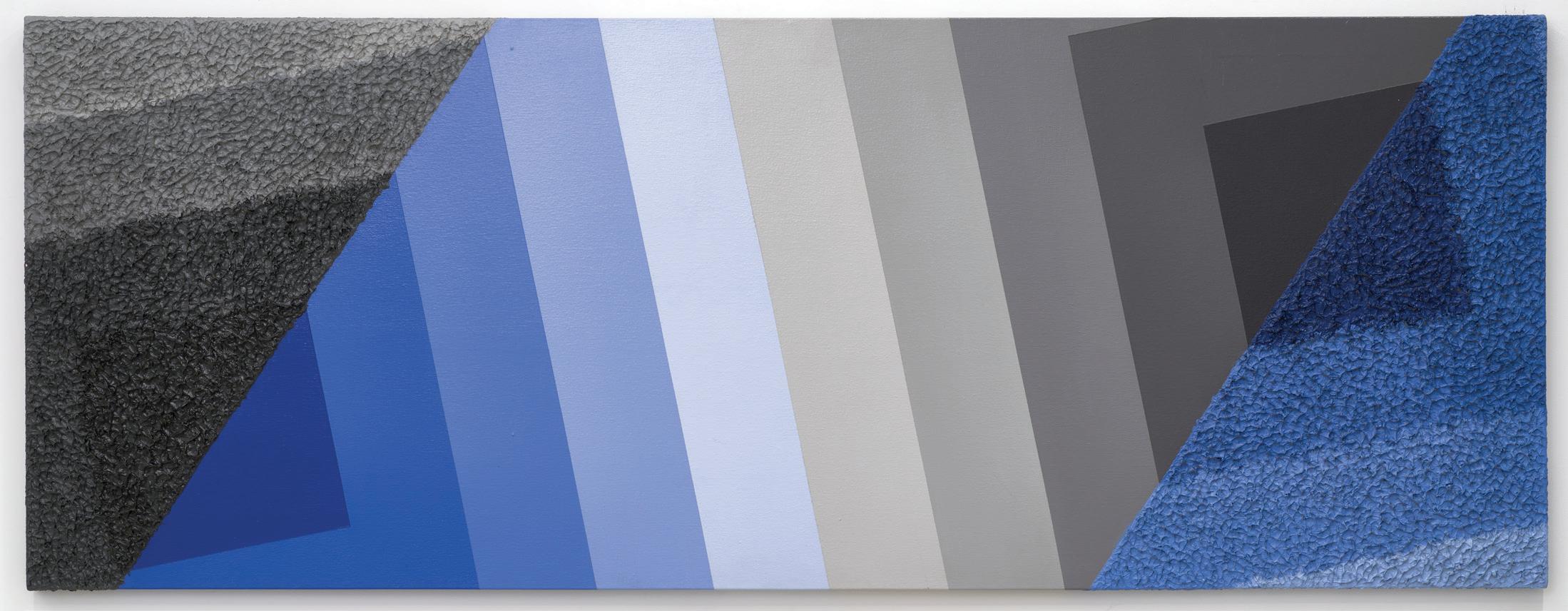
Siri Berg
Cosmic Veil (SBE0624) , 1991
Acrylic on canvas
30
31 x 31 x 2”

Siri Berg
Kabbalah (SBE0457-II) , 1983-84

32
Textured acrylic on canvas 25 x 25”
Siri Berg
Kabbalah (SBE0456-II) , 1983-84
Textured acrylic on canvas
25 x 25”

33




Siri Berg
Kabbalah (SBE0490) , 1985
Mixed media on canvas
40 x 80”
38


 Siri Berg
Kabbalah (SBE0478-II) , 1985
Acrylic on canvas
Siri Berg
Kabbalah (SBE0478-II) , 1985
Acrylic on canvas
42
72 x 72”
 Siri Berg
Kabbalah (SBE0478-I) , 1985
Acrylic on canvas
Siri Berg
Kabbalah (SBE0478-I) , 1985
Acrylic on canvas
44
72 x 72”

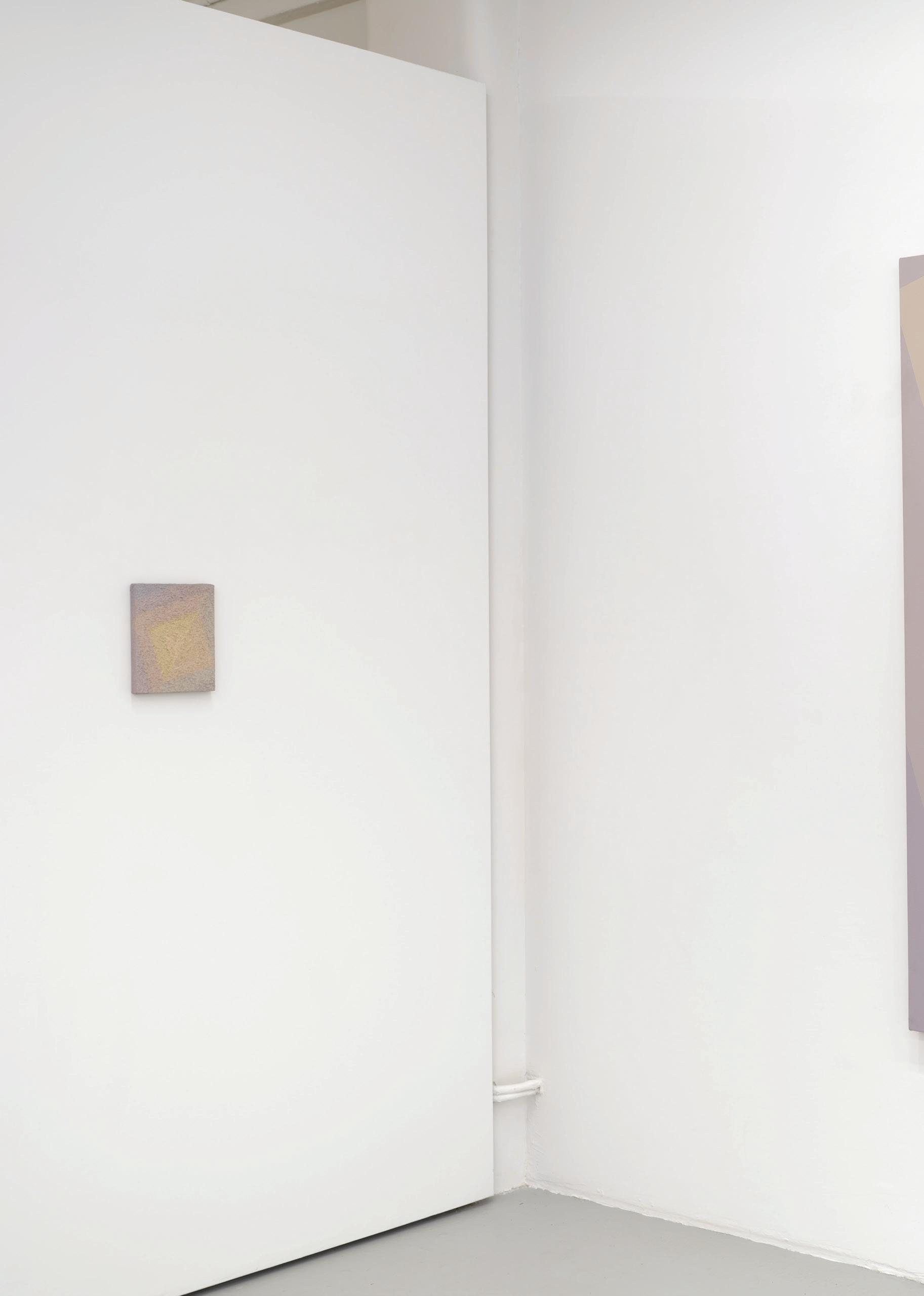
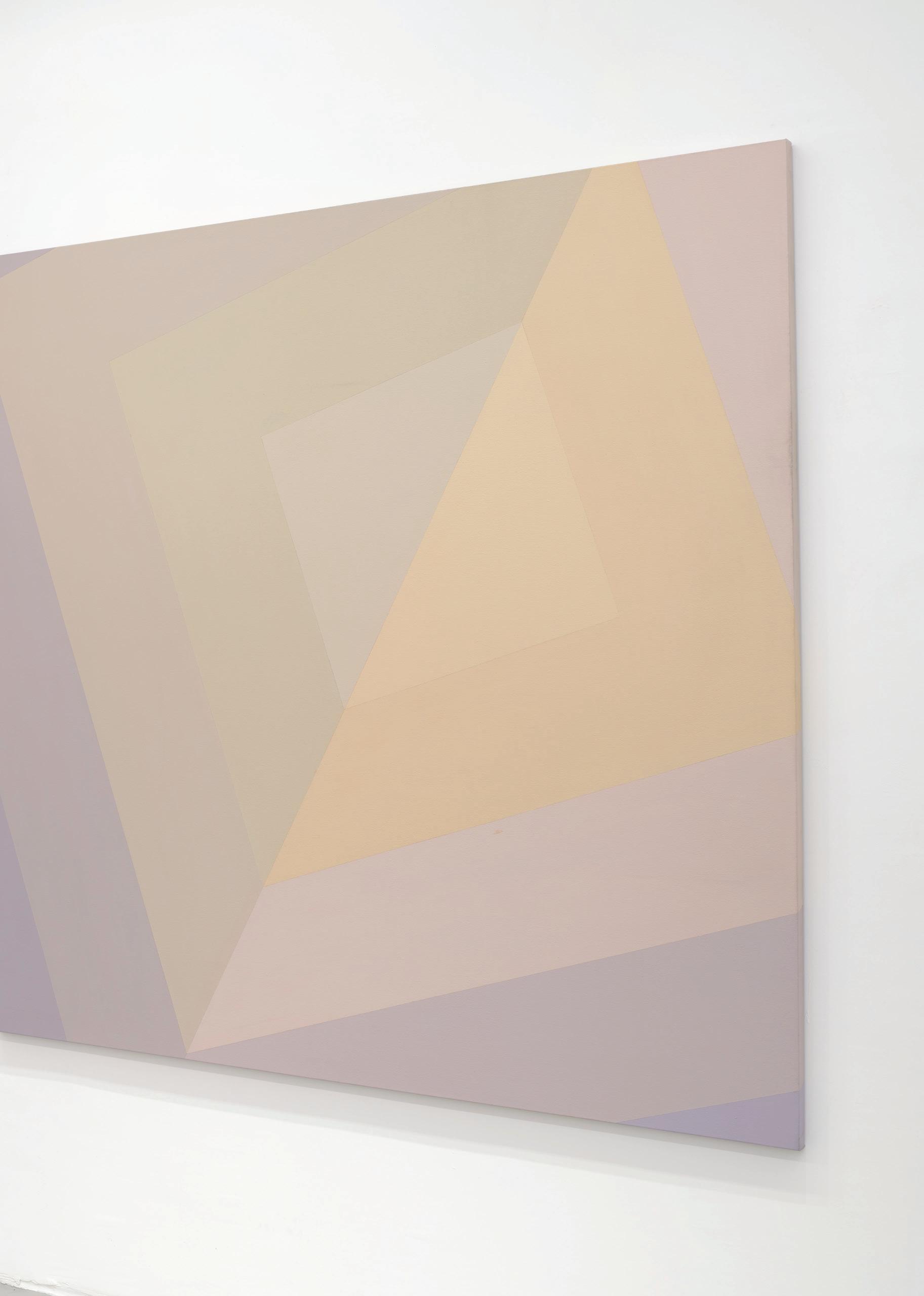
Kabbalah (SBE0475)
Acrylic on canvas and canvasboard
8 x 10”
Siri Berg
48
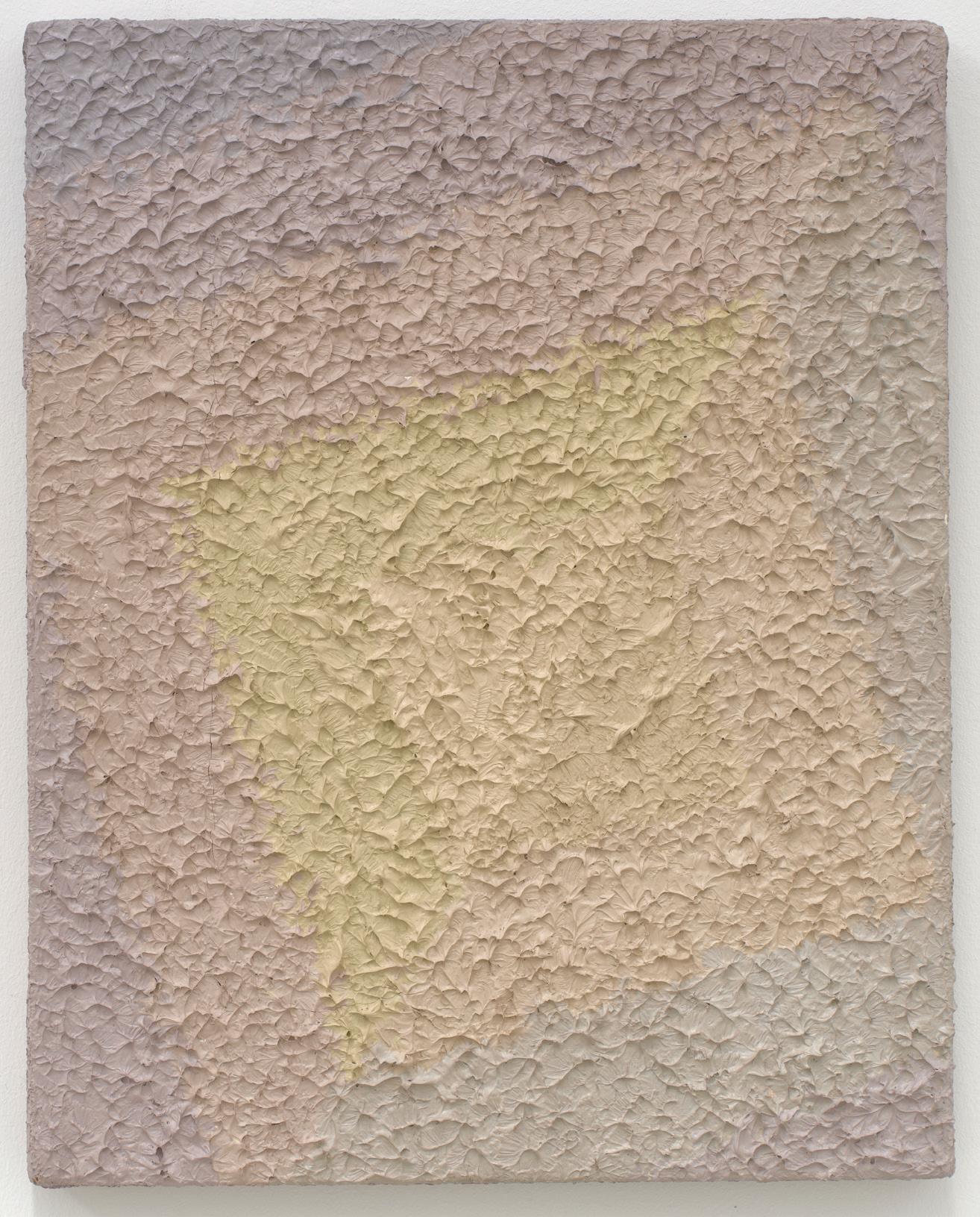



52
About Siri Berg:
A native of Stockholm, Sweden, Siri Berg was born in 1921.While attending the German Gymnasium and Victoria College in Prague she took life drawing classes at the Rotter-Schule für Werbegrafik. She then entered The Institute of Art and Architecture at the University of Brussels before immigrating to the United States at the age of 19. Siri’s introduction to color stems from her study with Zita Querido (1917-2003), an Austrian born artist and former pupil and friend of Hans Hofmann who taught at the Riverdale Fine Arts Society near where Siri lived and raised her two sons.
A central motif of Siri’s work evolved from an early series of paintings featuring a phasing of a circle inspired by the Austrian Arthur Schnitzler’s theatrical and controversial play La Ronde (1897). Another early series titled Phases were connected to the ruminations by the Irishman W. B. Yeats’ in A Vision (1925). This book-length study by Yeats gave Siri the philosophical, historical, astrological, and poetic grounding upon which she would build an oeuvre spanning six decades.
Color became her calling card as she meticulously moved first through a series of all black, then all white canvases. She then gradually shifted to generate color charts and then mixing her own paint. Color and texture gave way to personal stories told through an embracing of total abstraction. Inspired by the theories put forward by Johannes Itten and Josef Albers, Siri took hold of their statements turning out her own theories ranging from bold and fast-forward to subdued and slow in motion.
Siri taught Color Theory at Parsons School of Design for over 30 years and was featured in the book “100 New York Painters” (by Cynthia Maris Dantzic, Schiffer Publishers). In 1999, Professor Joel Lebowitz endowed a Series to fund the Estelle Lebowitz Visiting Artist in Residence Program. With these funds, the Series mounted exhibitions and hosted campus visits by Siri Berg. Other invited artists included Carolee Schneeman, June Wayne, Hung Liu, Miriam Schapiro, Molly Snyder-Fink, May Stevens, Bernie Searle, Renee Cox, Cecilia Vicuña, and Joan Snyder. Siri was a long-time member of the American Abstract Artists.
Significant monographic presentations include: The American Swedish Museum, Philadelphia (’86, ‘99); The Yeshiva University Museum, New York (’91); The Robert C. Williams American Museum, Atlanta (’97); Swedish American Museum, Chicago (’03); Gibson Gallery Museum at SUNY Potsdam (’06); The William Whipple Art Museum at Southwest Minnesota State University, Marshall (’08); The Painting Center, New York (’12); Shirley Fiterman Art Center, New York (’16); The Bonniers Konsthall Museum, Stockholm (’18); Swedish Embassy, Washington, DC (’19).
Prominent public collections include The Solomon R. Guggenheim Museum, New York; Southwest Minnesota State University Art Museum MN; New York University, New York; Gray Art Gallery, NYU, New York; Moderna Museet (Museum of Modern Art), Stockholm, Sweden; The Swedish Ambassador’s Residence in Washington D.C., among others.
Siri Berg lived and worked in New York City’s SoHo district until her death in 2020.


DAVID RICHARD GALLERY




 DAVID
DAVID











 Siri Berg
Kabbalah (SBE0482) , 1985
Acrylic on canvas
Siri Berg
Kabbalah (SBE0482) , 1985
Acrylic on canvas
















 Siri Berg
Kabbalah (SBE0478-II) , 1985
Acrylic on canvas
Siri Berg
Kabbalah (SBE0478-II) , 1985
Acrylic on canvas
 Siri Berg
Kabbalah (SBE0478-I) , 1985
Acrylic on canvas
Siri Berg
Kabbalah (SBE0478-I) , 1985
Acrylic on canvas







